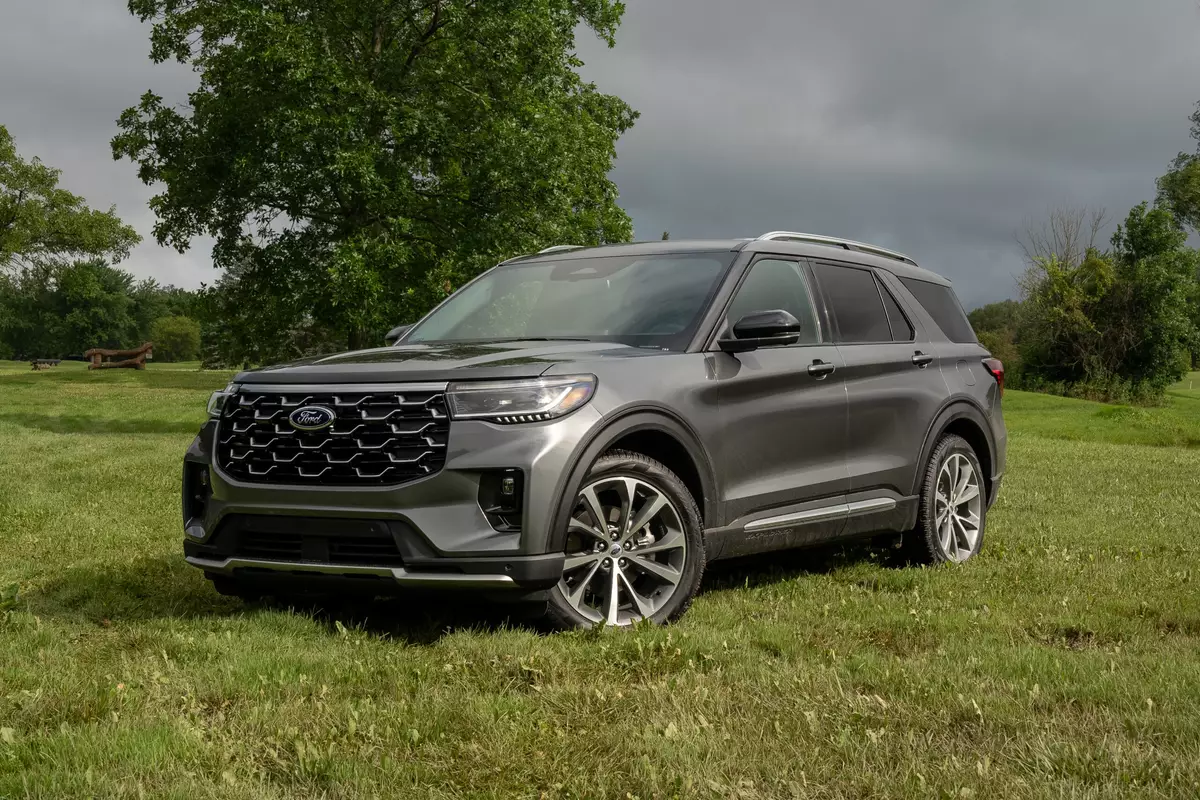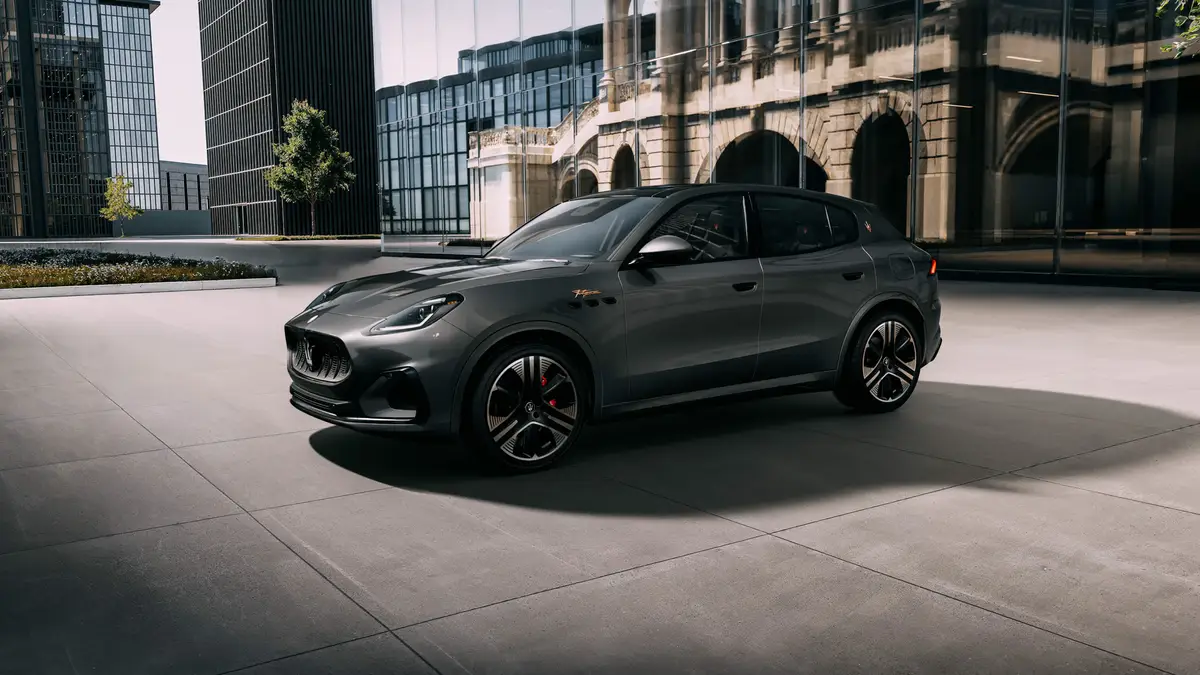The Morning Call and Mcall.com's view
We buy much of our oil from Middle East countries, so few will dispute that the United States needs to get a bit more sensible about fuel economy.
That’s why hybrid electric vehicles have so much appeal. Throw a small electric motor into a compact car with a small gas motor, and suddenly the EPA doubles your mileage estimate.
Certainly that’s the case with the Toyota Prius. It’s supposed to be that way with Honda’s Insight and the Honda Civic Hybrid as well, but alas, my test drives have not proven it to be true.
Still, the Honda Civic Hybrid is still a pretty incredible piece of engineering.
The Honda Civic Hybrid can be distinguished from thirstier Civics by its bolder grille up front and a small badge in the rear. Even climbing into the car, it’s hard to tell you’re in a hybrid. The Civic’s dash is pretty similar to the one in the regular Civic.
But start the car and the Civic’s true identity is revealed.
A gauge on the instrument cluster reads ”charge” and ”assist.” This is the key to Honda’s hybrid system.
First seen in 1999 on the Honda Insight coupe, the Integrated Motor Assist system uses two motors: a 1.3-liter 4-cylinder gas engine and a 10-kilowatt electric motor/generator. The electric motor produces 13 horsepower and is powered by a battery pack behind the rear seats. It comes with an eight year or 80,000 mile warrantee. Replacing the batteries could run about $2,000. The batteries never need to be plugged in to recharge. Rather, they recharge by capturing energy generated during braking or decelerating.
Power is fed through either a 5-speed manual transmission or a continuously-variable automatic transmission. (A continuously-variable transmission constantly varies the gear ratios, rather than having a first gear, second gear, etc.) Honda supplied a 5-speed manual-equipped Civic to test.
The most surprising thing that you’ll notice about the Civic Hybrid is what you don’t notice. It doesn’t feel or drive that much differently from a normal Civic.
The electric motor has a unique whine, and acts like a turbocharger, kicking in when extra juice is needed. You’ll need all the power you can get. This car is slow. Steep hills can challenge its power and can easily drain the batteries of most of their power. A readout on the instrument cluster tells you when the electric motor is kicking in and how much battery life is left.
The engine is supposed to shut down when idling. For the most part, the Civic I drove didn’t. The Insight previously tested never did.
The 5-speed-manual is excellent. The suspension is built for comfort, not speed, so body lean comes on quickly. This isn’t a Civic SI.
The 14-inch low-rolling resistance tires are obviously chosen for fuel economy and squeal easily. Tenacious grip is not their strong point. On the other hand, braking is quite good.
The car’s interi or is a typical Civic and close to that of the gas-powered Civic EX. Power windows, mirrors and locks, an automatic climate control system and tinny-sounding stereo radio with CD player is standard.
Trunk space is good, although the presence of the battery pack precludes any spilt folding rear seats.
It’s all very painless and feels very earth-friendly until you work the numbers.
Test mileage came back at just 40 mpg. That’s despite an EPA rating of 46 mpg city, 51 mpg highway. The Honda Insight hybrid I tested last year returned just 43 mpg.
But comparing two Civic models, the EX and the Hybrid, it gets harder to understand. The gas-powered EX returns 32 mpg in the city, according to the EPA. That figure pretty much mirrors my own experience. If you drive 10,000 miles a year, you’d use 313 gallons of gas. The Hybrid returned just 40 mpg. Using the same range, against most small cars it can return 35 mpg with ease. If you drive 10,000 miles ar, you’d use 250 gallons of gas. You’d save 63 gallons of gas, or $82 a year. Keep the car eight years and you’d save $656.
But the Honda Civic Hybrid, with a base price $19,550, carries a $2,000 premium over the lesser Civic. The IRS has granted a one-time tax deduction of $2,000 for buying a hybrid. But it’s a deduction, not a credit, so you won’t get $2,000 off your taxes.
Add in the fact that Civic Hybrid surrenders some handling fun in the name of fuel economy, and it hardly seems to worth it.
If most Americans were truly serious about reducing their dependence on the Middle East oil sheiks, they’d be puttering to work in something like a Honda Civic DX, with a highway mileage rating of 39 mpg, just 0.5 mpg of what the hybrid achieved.
But the reality is we’d rather drive a Honda Pilot SUV, and despite all the noise Honda makes to the contrary, they’d rather sell us a $32,000 Pilot than a $20,000 Hybrid. Keep in mind Honda is producing just 24,000 Hybrid Civics, versus 80,000 Pilots.
And Honda does it for the same reason other manufacturers do.
Fat profits.
Latest news



